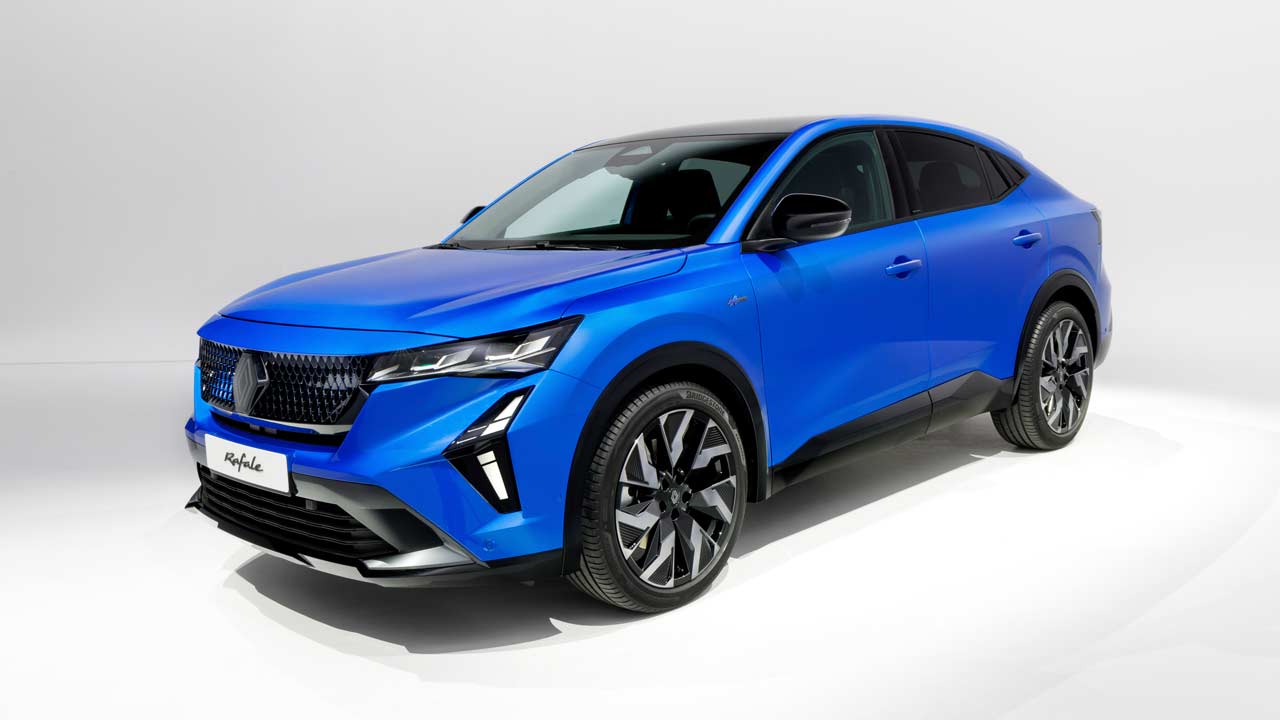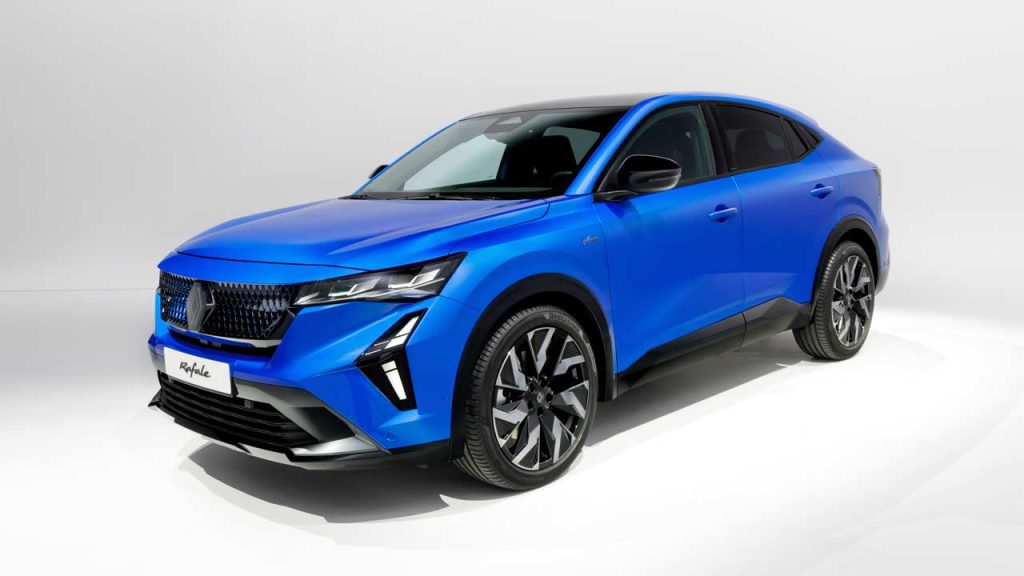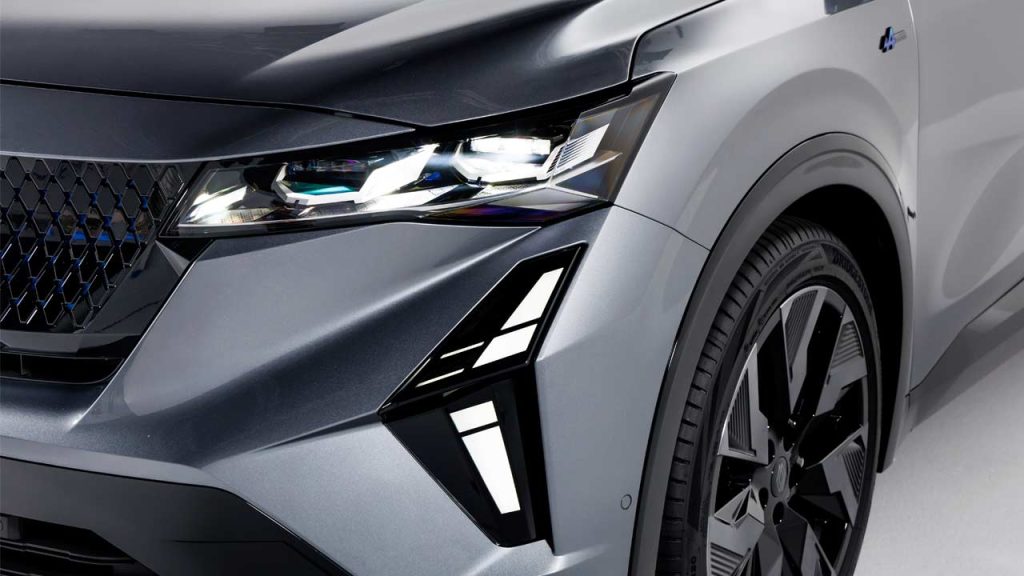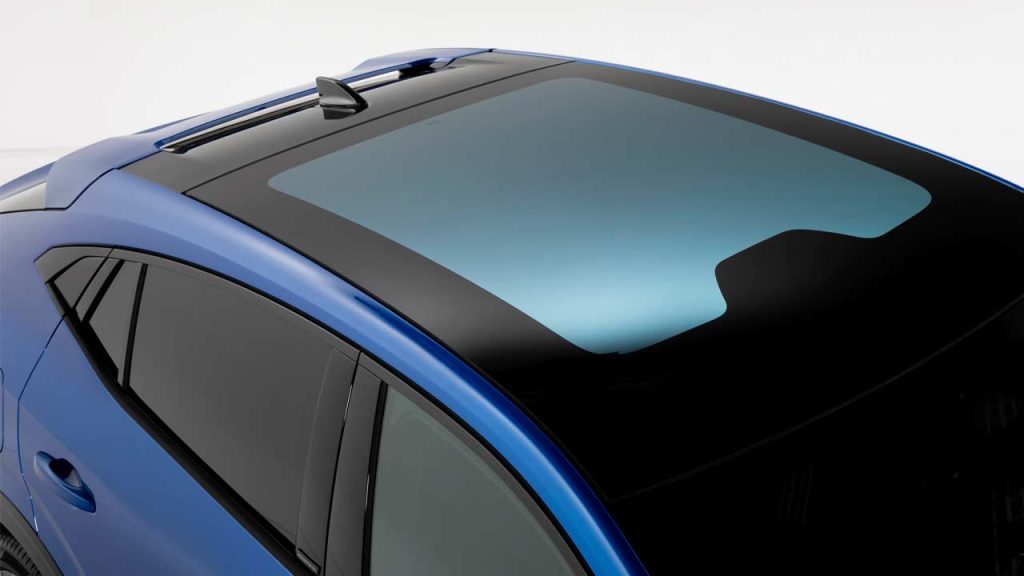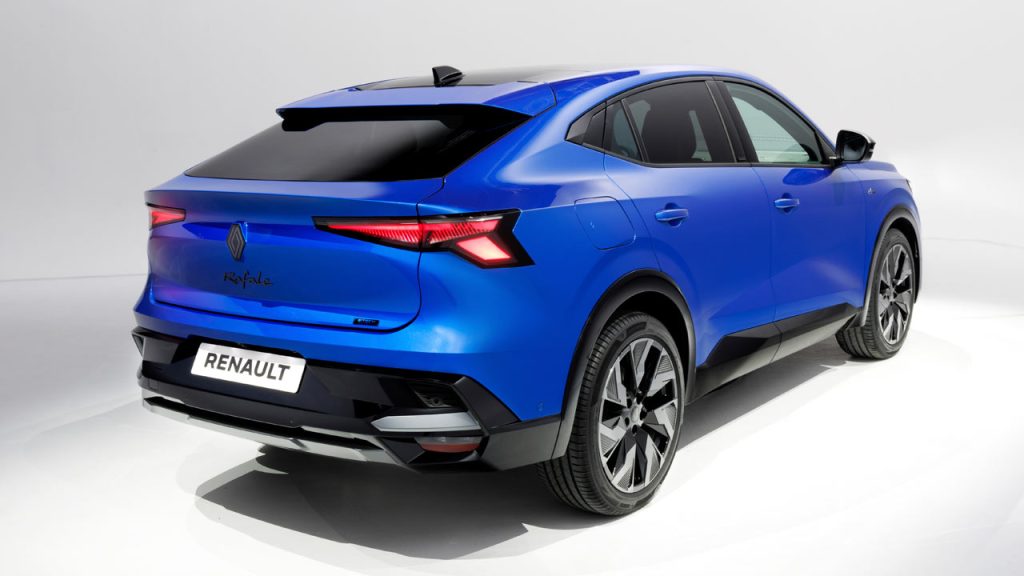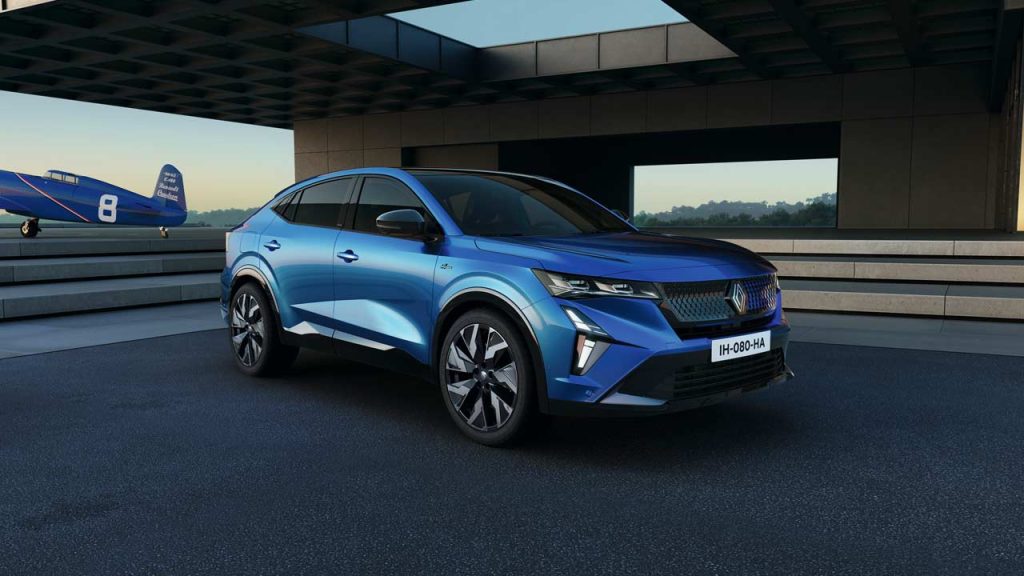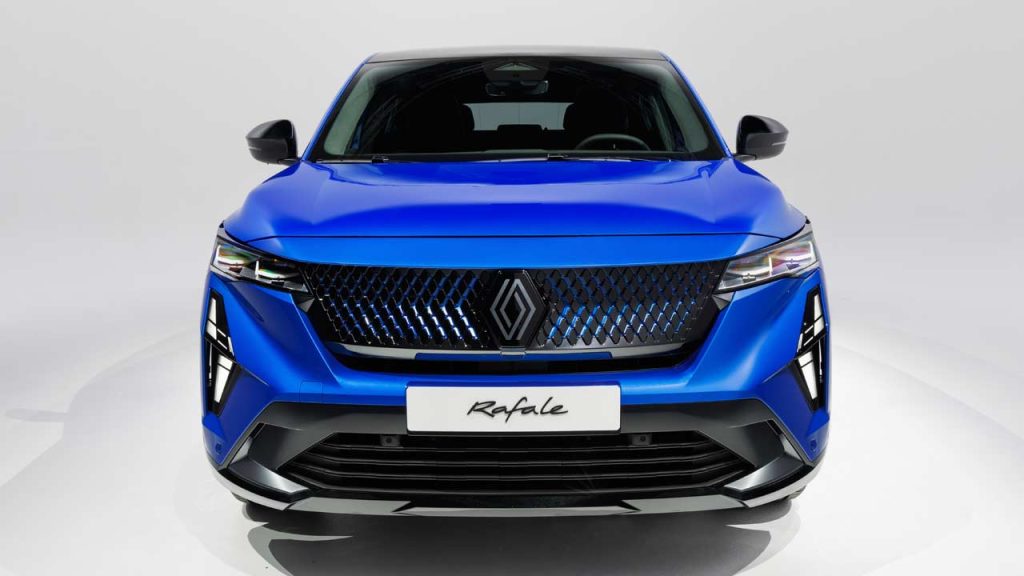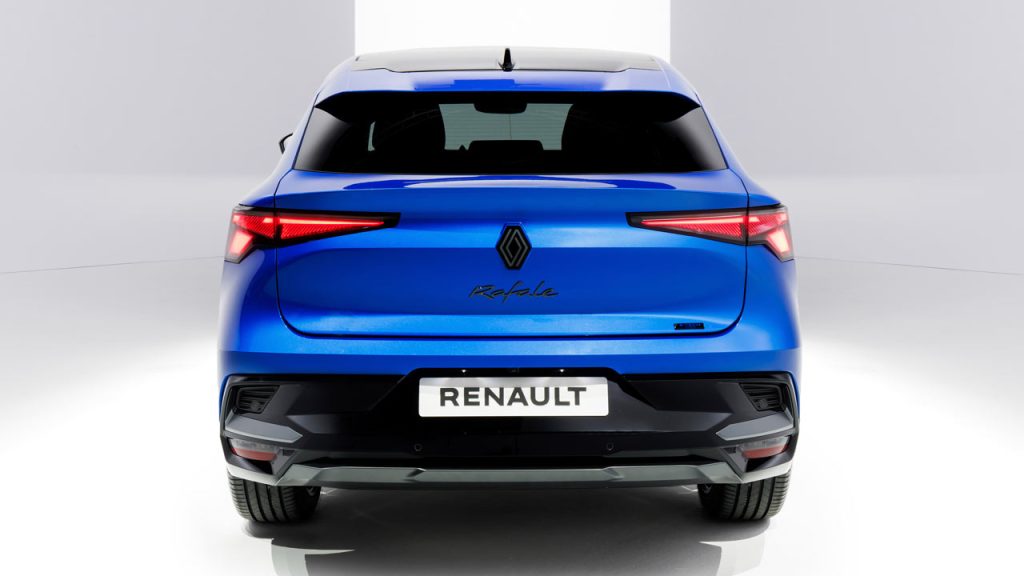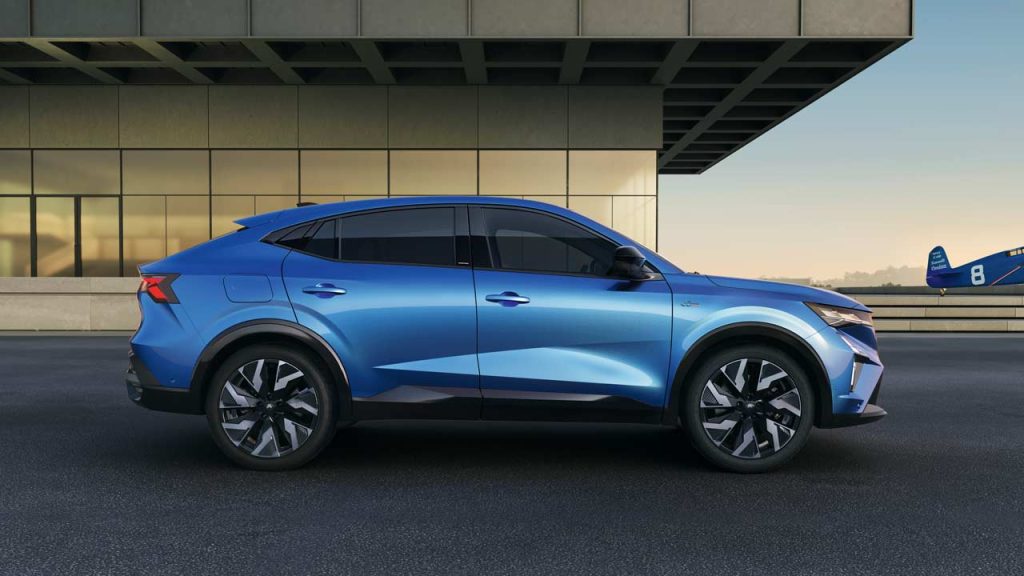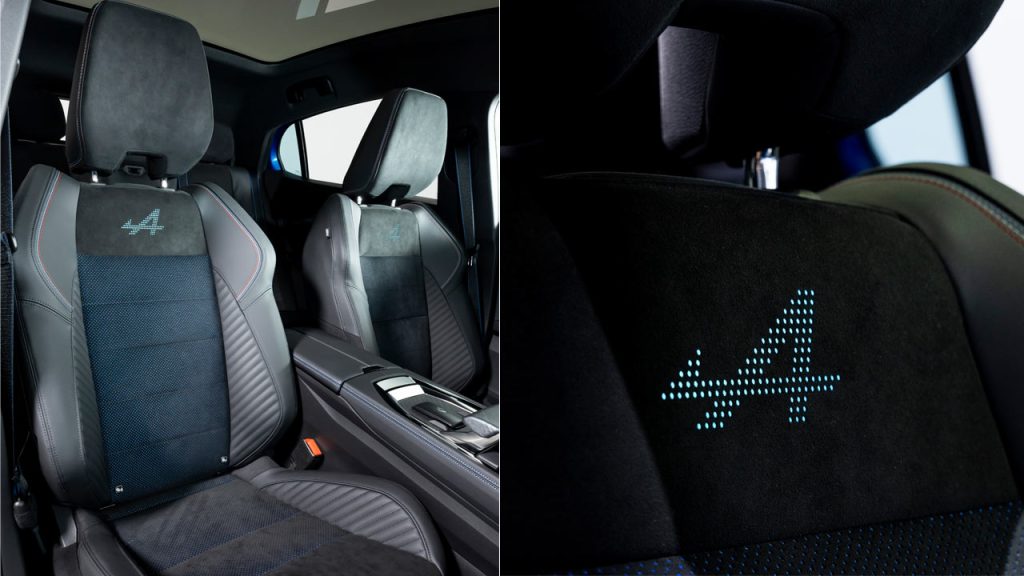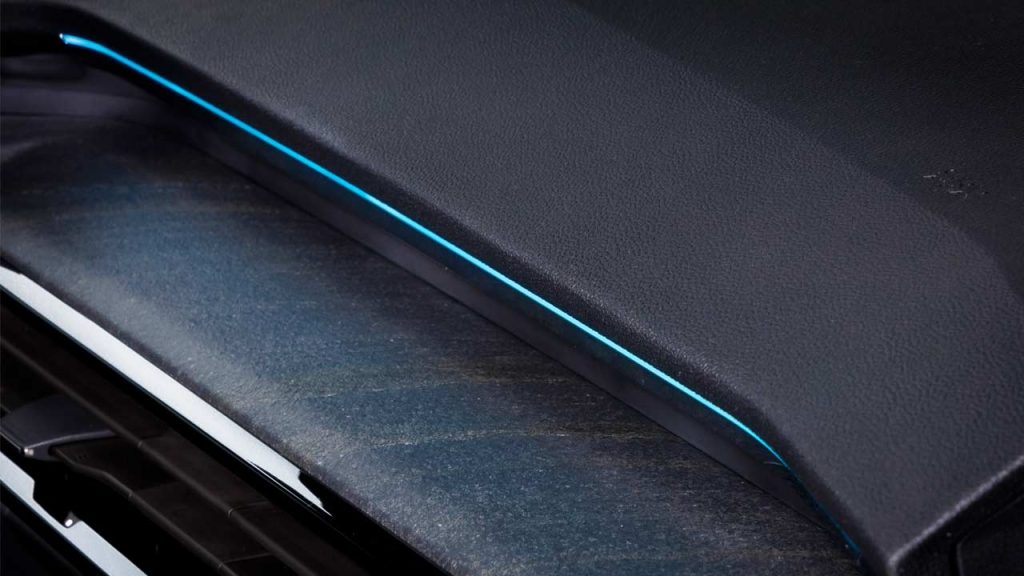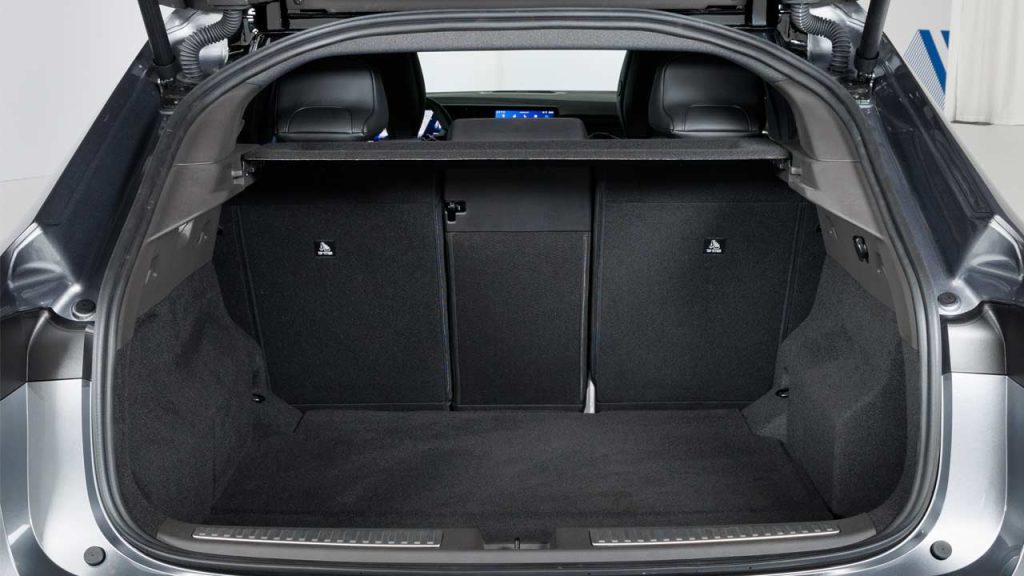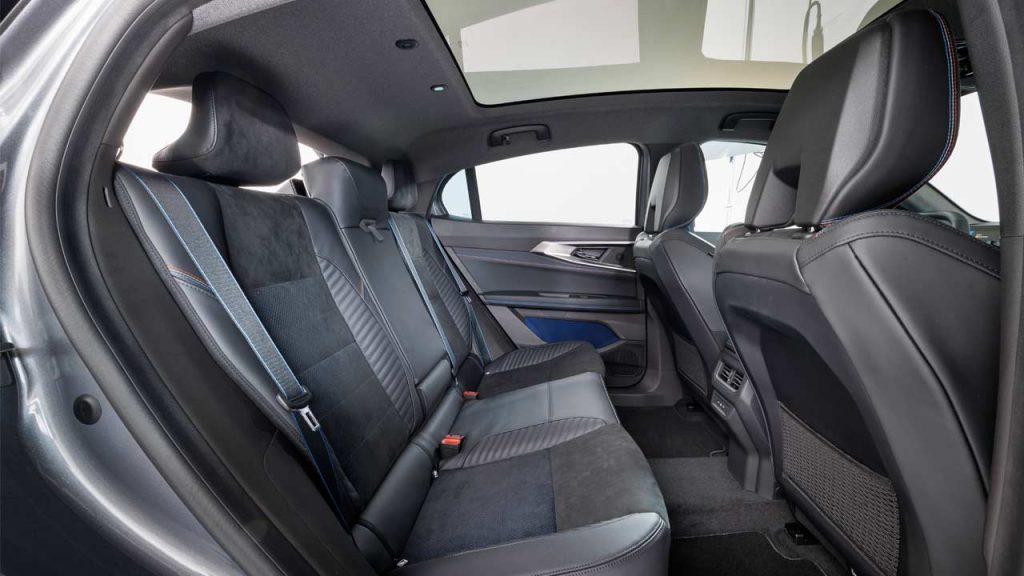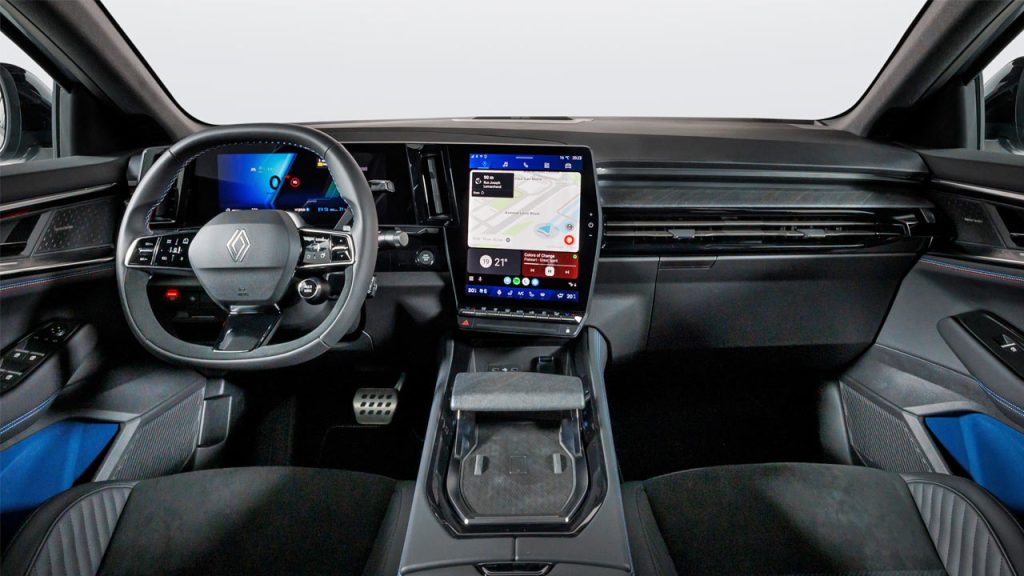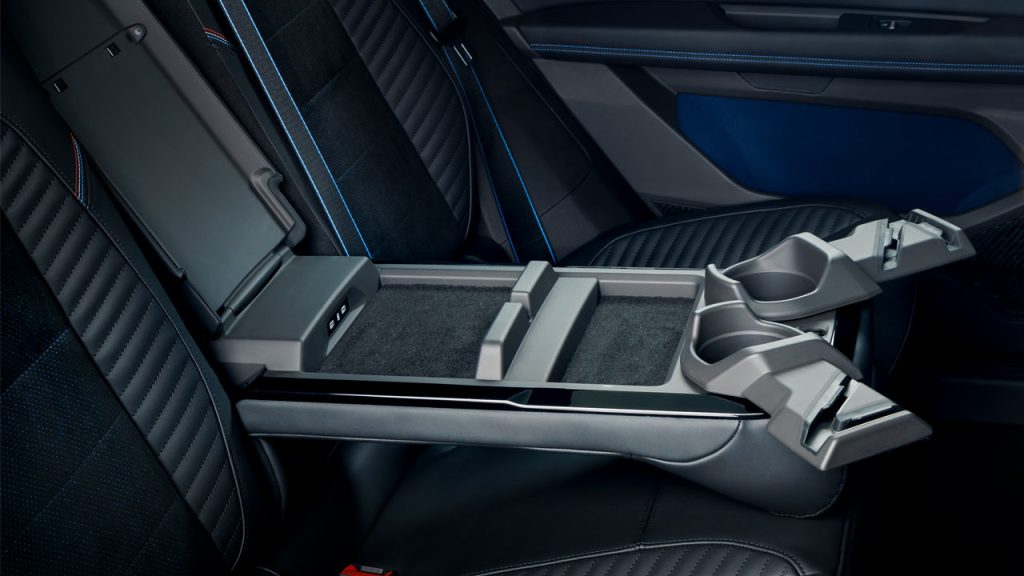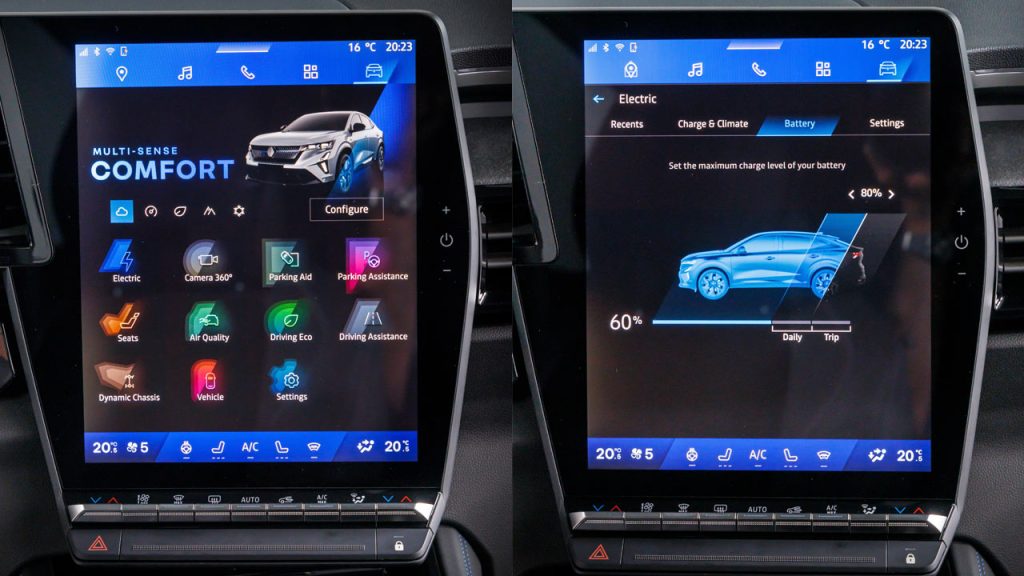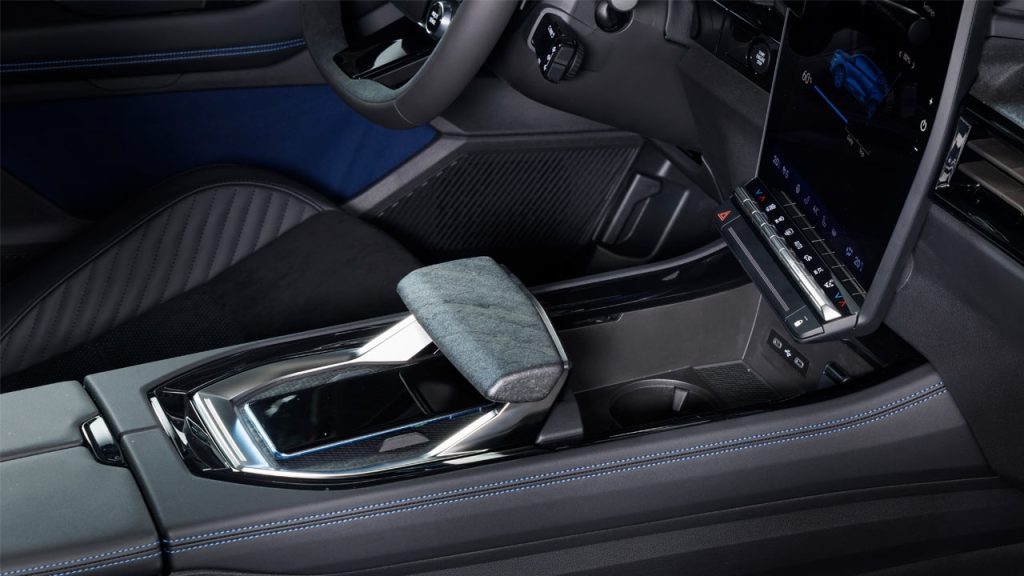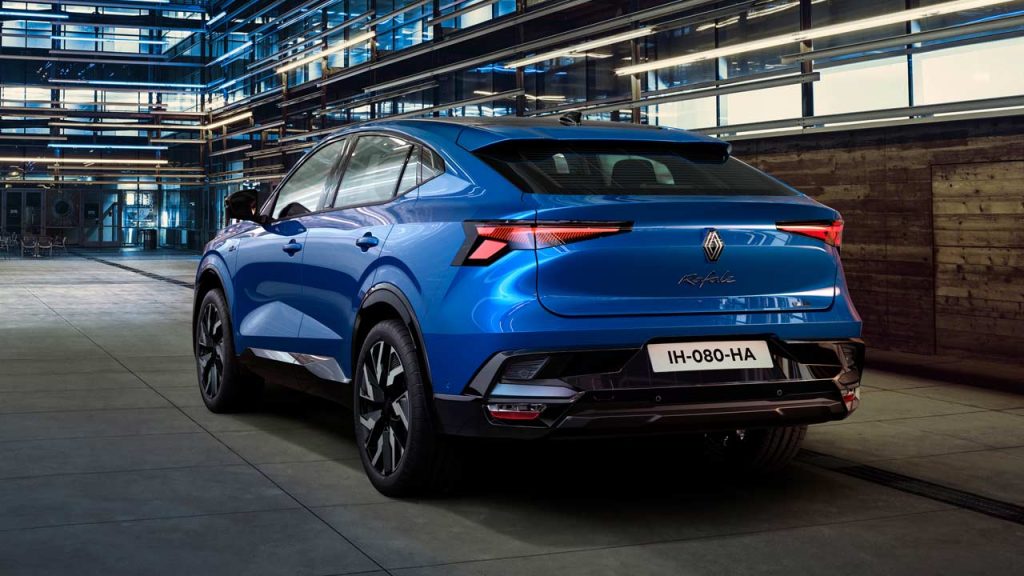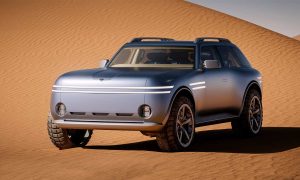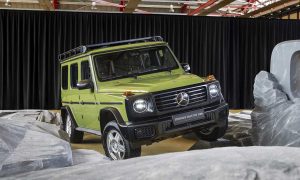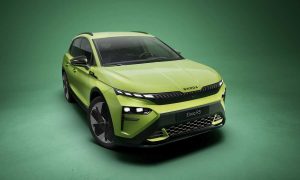That’s right, Renault took the wraps off the first-ever Rafale at the 54th Paris Air Show in Le Bourget. Just to clear any confusion, the Rafale in question is not an aircraft but a coupe-SUV version of the Austral SUV and its long-wheelbase sibling Espace. In simple terms, all three are underpinned by the CMF-CD platform.
That doesn’t necessarily mean that all three have to look the same. In fact, it’s quite the opposite. The Rafale looks as if it has nothing to do with the aforementioned platform siblings. You can probably see aircraft-inspired shapes wherever possible, such as the lights and creases. Also, notice that the roof spoiler has that gap in the middle to let the rear windscreen be wiped by the airflow itself. Renault says that the rear windscreen tilts 17 degrees which not only helps with aerodynamic efficiency but also renders a rear wiper unnecessary.
The Rafale measures 4.71 metres long, 1.86 metres wide and 1.61 metres high, with a wheelbase of 2.74 metres. Its tracks are 4 cm wider than those of the Espace. The example here appears to be riding on 20-inch wheels.
Other key exterior highlights include standard LED Adaptative Vision headlights; optional LED Matrix Vision headlights, and Solarbay panoramic glass roof (developed by Saint-Gobain). The driver and passengers can choose between four roof settings: all light, all dark, light in the front and dark behind, and the reverse.
Inside, space and comfort don’t appear to be too much of a problem—at least for the front-seat occupants. However, the rear headroom can be a bit of an issue for taller occupants, but as we know, that’s a common problem with such coupe-SUVs. The photos here showcase the Esprit Alpine trim featuring a generous application of Alcantara material (61% recycled) with blue & red contrast stitching.
A TEP-like material (includes 34% recycled content) is substituted for leather, and Renault plans to stop using leather and animal-based materials altogether by 2024. Also, Renault claims that the Rafale is the first car in the world to include dyed cork and slate in its front passenger compartment. It clads the dashboard on the passenger side and the handrest, and is claimed to be as good as those made from wood. Boot space is claimed to be 647 litres.
Other key highlights inside include a 12.3-inch driver display; a portrait-style 12-inch central touchscreen; a 9.3-inch head-up display; Google built-in; wireless Apple CarPlay & Android Auto connectivity; self-learning AI-based functionalities; adjustable mood lighting, and a high-tech rear armrest that has two USB power outlets, storage space for tablets and smartphones, and two foldout screen stands. The Rafale also boasts Level 2 autonomous driving on all types of roads (meaning, not just on expressways).
Moving on to the juicy bits of the story, the Rafale at launch is gonna offer an E-Tech full-hybrid (so-called “series-parallel”) powertrain that combines a 1.2-litre 3-cylinder turbo petrol engine, two electric motors, an automatic gearbox, and of course, a 2 kWh/400-volt battery pack. The ICE produces 96 kW (130 metric hp) and 205 Nm (151 lb-ft) while the main electric motor offers 50 kW (68 metric hp) and 205 Nm (151 lb-ft). The secondary electric motor (25 kW/34 metric hp and 50 Nm/37 lb-ft) is a High-voltage Starter Generator (HSG) that starts the engine and powers gear changes in the F1-derived clutchless multimode automatic dog box. Which means, the electric motor also takes care of reversing the vehicle.
An E-Tech 4×4 300 (PHEV) version will join the lineup at a later date. It’s gonna have an extra rear electric motor, offering a system power output of 300 metric hp. It’ll also feature a rear-wheel steering system.

Leave a Reply
Note: Comments that are unrelated to the post above get automatically filtered into the trash bin.
